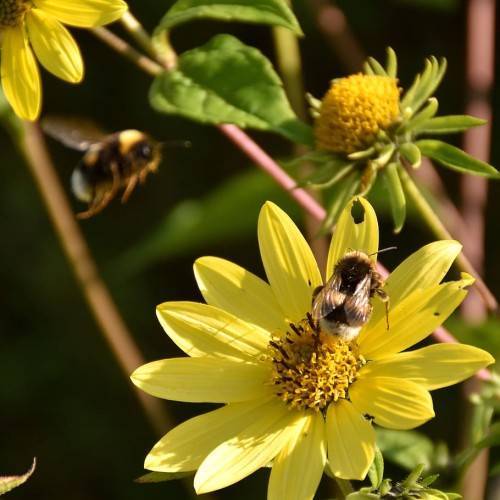
slender rosinweed
Silphium gracile
Cycle:
Herbaceous Perennial
Watering:
Average
Hardiness Zone:
5 - 9
Flowers:
Flowers
Sun:
Full sun,part shade
Leaf:
Yes
Growth Rate:
Low
Maintenance:
Low
Drought Tolerant:
Yes
Salt Tolerant:
Yes
Care Level:
Medium
watering
Slender rosinweed requires regular watering with soil that drains well. During the growing season, when the soil is dry to the touch, it should be given about 1 inch of water weekly. During hot, dry periods, it may require 2 to 3 waterings a week. Water at the base rather than the leaves to prevent fungus and other diseases. It is best to provide water early in the day so that the foliage has all day to dry before nightfall. In the winter months, it will need much less water, only when the soil is almost completely dry.
sunlight
Slender rosinweed thrives in full sunlight and needs at least 6-8 hours of direct sunlight each day. It is native to the midwestern US and grows best when exposed to full or partial sunlight. To ensure its health, it is important to provide at least 6-8 hours of direct sunlight per day throughout the summer months. During the winter months, when the days are shorter, it is important to provide the plant with as much sunlight as possible in order to ensure its growth. Additionally, due to its preference for full sun, Slender Rosenweed should be planted in a sunny, sheltered spot or along a south-facing wall or fence.
pruning
Slender rosinweed (Silphium gracile) should be pruned back post-flowering. Pruning off spent flowers and removing the flower stalks will encourage new growth and help the plant remain healthy and strong. It is best to prune the plant in late summer, before the leaves become damaged from cold and frost. It is also a good time to thin and shape the plant before the onset of winter. Trim the plant back to several inches above the ground to promote new growth. Prune out any dead or diseased stems, and remove any suckers or shoots that appear outside of the desired shape. Pruning slender rosinweed should be done modestly to avoid putting too much stress on the plant.
